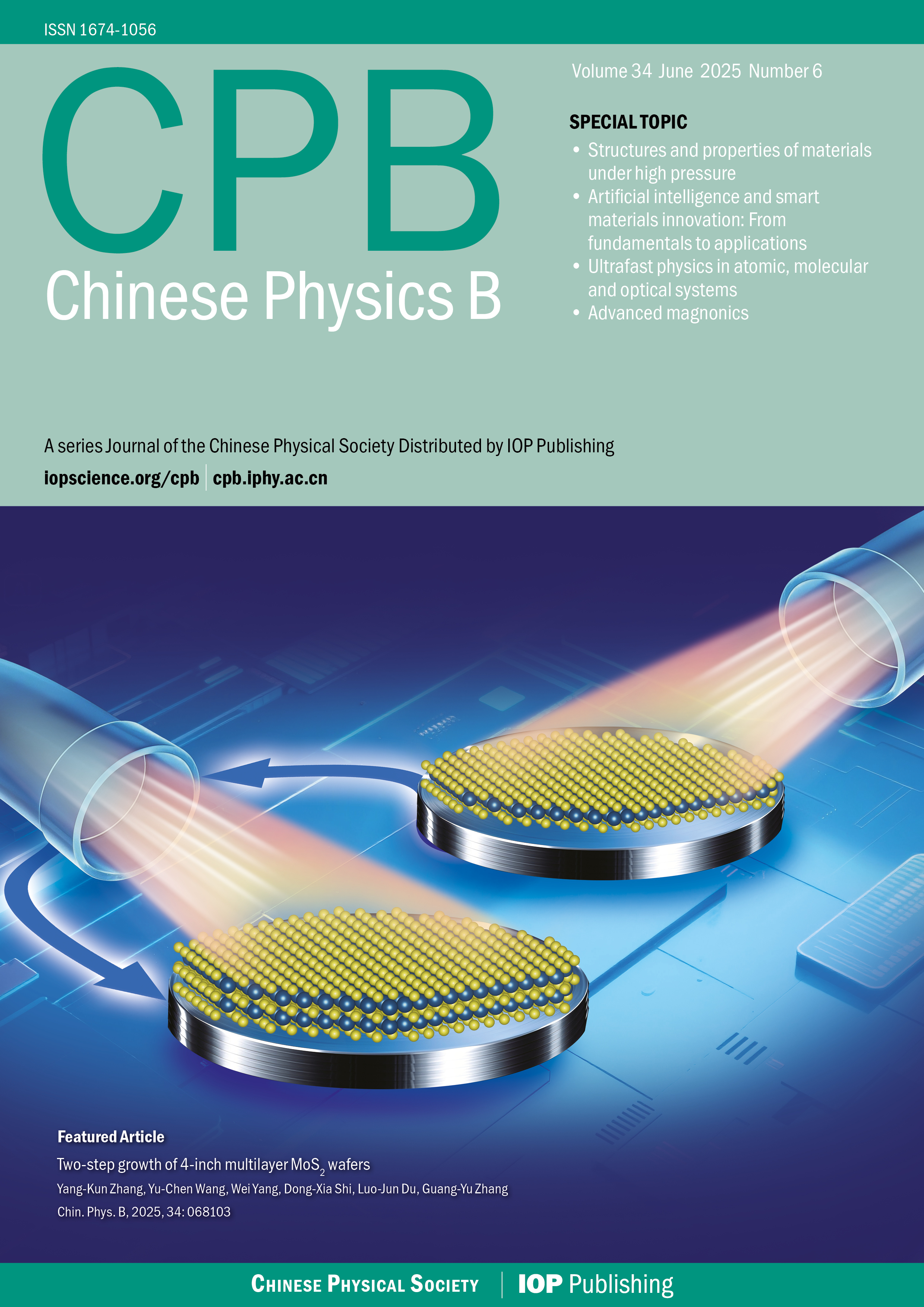A general Mobius inversion transform formula for hcp lattices and its application
- Available Online: 30/04/2002
-
Key words:
- lattice theory /
- interatomic potentials and forces /
- phonon dispersions
Abstract: In this paper, we present a general Mobius inversion transform formula for hcp lattices. This formula can be applied to hcp lattices with a non-ideal c/a value and to obtain the pair potential between atoms in these lattices from the cohesive energy. Also, the three-body interaction among atoms in the lattices can be taken into account in the method. This method gives a useful means to obtain interatomic interactions in the interatomic force model. The method has been applied to zinc, and the pair potential obtained is used to calculate the phonon dispersion relations for some high-symmetry directions. It is found that, by properly considering a three-body interaction, one can acquire satisfactory results.

 首页
首页 登录
登录 注册
注册






 DownLoad:
DownLoad: